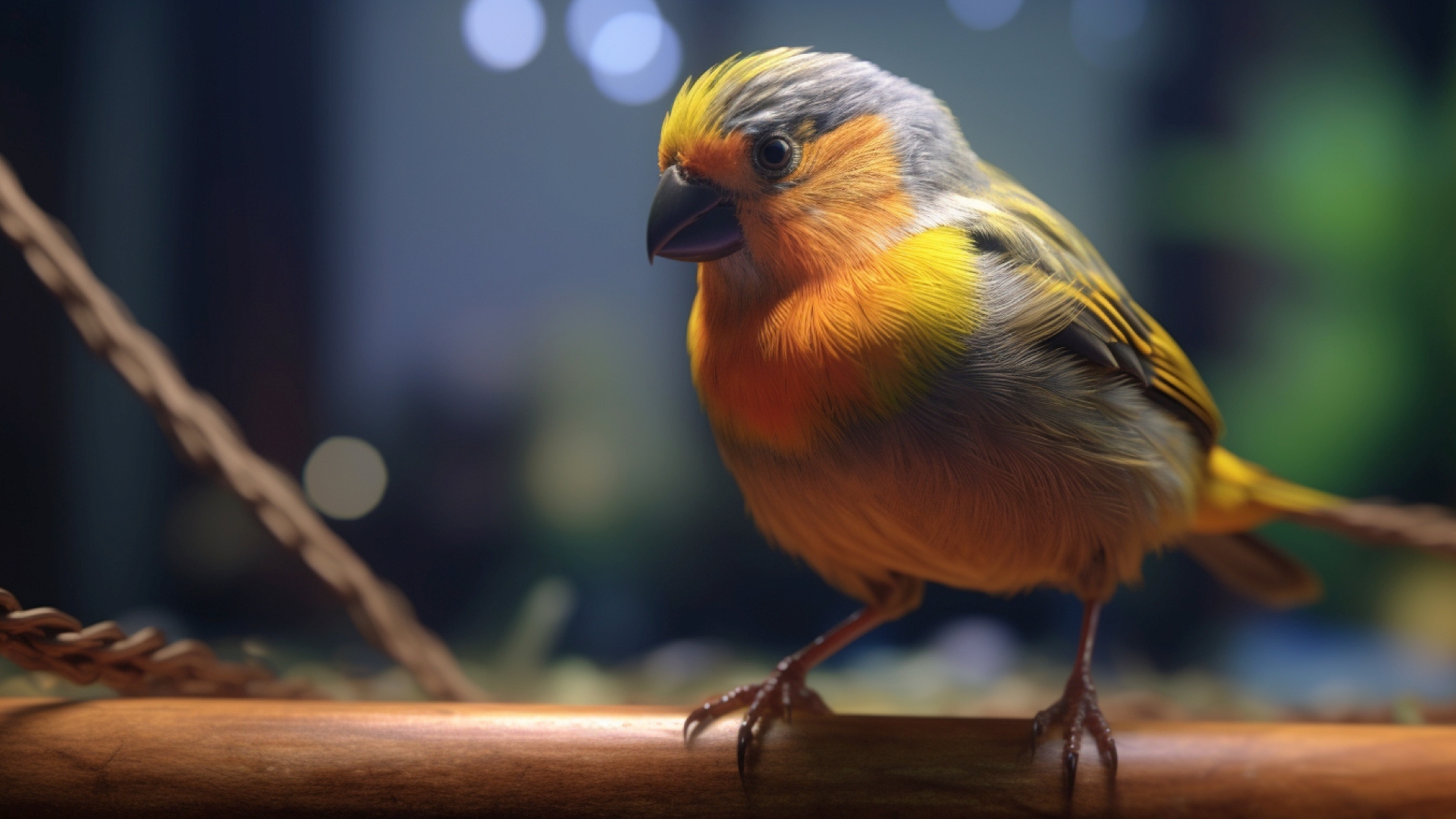Basics of Bird Training:
Summary:
Bird training can be a fun and rewarding experience for both you and your bird. By following some basic principles and techniques, you can teach your bird new skills and behaviors. In this summary article, we will highlight the key points covered in the basics of bird training article and provide keywords for easy reference.


The Basics of Bird Training
Bird training can be a fun and rewarding experience for both you and your bird. By following some basic principles and techniques, you can teach your bird new skills and behaviors. In this article, we will cover the basics of bird training and provide tips and best practices for a successful experience.
Positive Reinforcement
Positive reinforcement is the most effective and humane way to train birds. This means rewarding your bird for good behavior and ignoring or redirecting bad behavior. Rewards can include treats, praise, or attention. By using positive reinforcement, you can build a strong bond with your bird and encourage good behavior.
Short and Frequent Training Sessions
Birds have short attention spans and can become bored or frustrated with long training sessions. It is best to keep training sessions short and frequent, no more than 10-15 minutes at a time. This will help your bird stay engaged and interested in the training.
Safe and Humane Training Methods
It is important to use safe and humane training methods when working with birds. This means avoiding punishment or physical force, and using positive reinforcement and redirection instead. You should also make sure that your bird is comfortable and safe during training, and that you are using appropriate equipment and tools.
By following these tips and best practices, you can have a successful and enjoyable experience training your bird. Remember to be patient and consistent, and to always use positive reinforcement and safe training methods.


